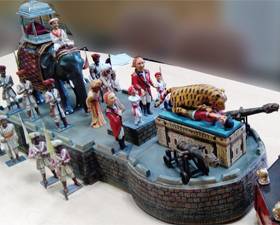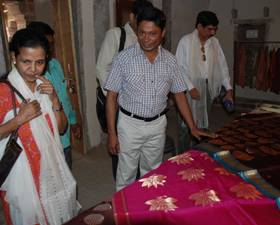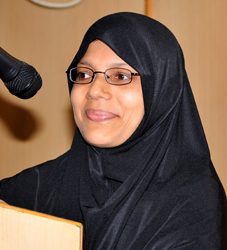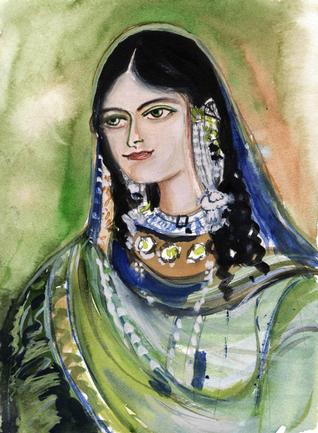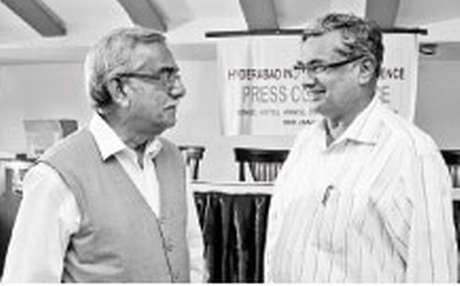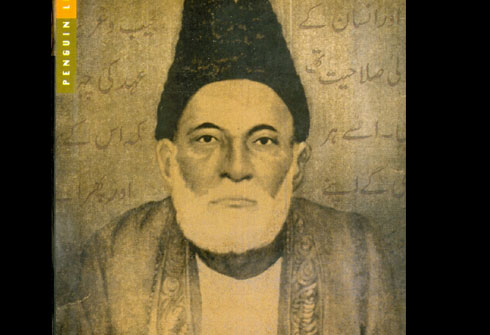Karnataka hopes to maintain its winning streak at the Republic Day parade
The Congress government in Karnataka will roll out the tableau of ‘Tipu Sultan—the first ruler of India to see the evil designs of the East India Company’ at the Republic Day parade.
Karnataka has been winning accolades every year during Republic Day parade. Sources in the Information Department told Bangalore Mirror that this year, it was unanimously decided to have Tipu’s battle against East India Company as the theme of the tableau. While one part reflects his valour with a life-size bust and an unsheathed sword, another part story depicts his humiliating defeat at the hands of Lord Cornwallis who took away Tipu’s two sons as captives in the Second Mysore War (1780-84).
“Tipu was one of the first rulers who saw the evil designs of the East India Company. He repeatedly said that he would rather live two days as a tiger than live 200-years like sheep. Tipu’s personality also has qualities of a good diplomat, visionary and a planner. He had a vision for missile technology and the first-ever rocket centre was set up in Srirangapatna. He had embassies with France, Amirs of Afghanistan and Sultan of Turkey and established trade contacts,” explained a source from the Information Department.
The scene that the government has recreated in the form of tableau was adopted from the painting of Brown who has pictured a lame Vakeel escorting two sons of Tipu. The children, dressed in muslin cloth with blue slashes and white turban, look towards Lord Cornwallis, reflecting a poignant moment in the history of India. The tableau also depicts Tipu’s famous sword measuring 91 cms with an impressive and ornate hilt carrying an Arabic inscription which reads ‘Sword of the Ruler’.
The state won President’s awards for its tableaux in the past four years.
source: http://www.bangaloremirror.com / Bangalore Mirror / Home> Bangalore> Others / by Niranjan Kaggere, Bangalore Mirror Bureau / January 22nd, 2014
